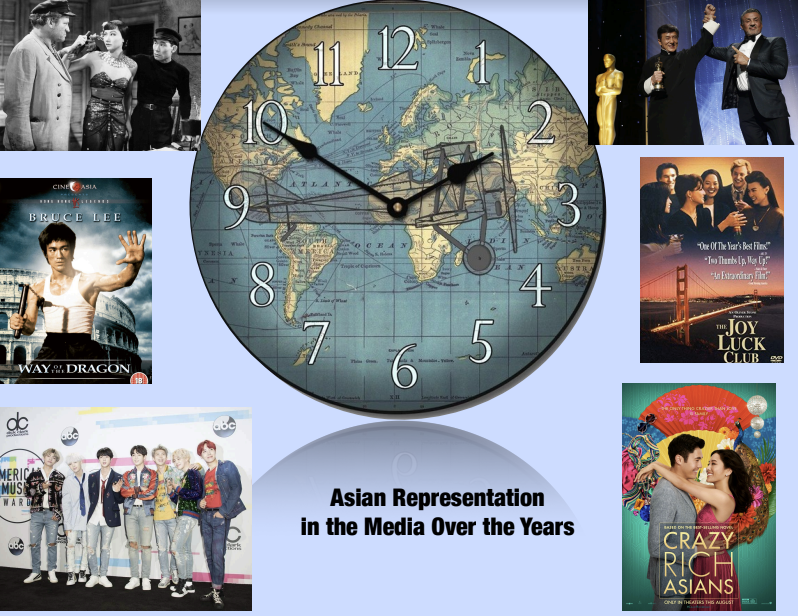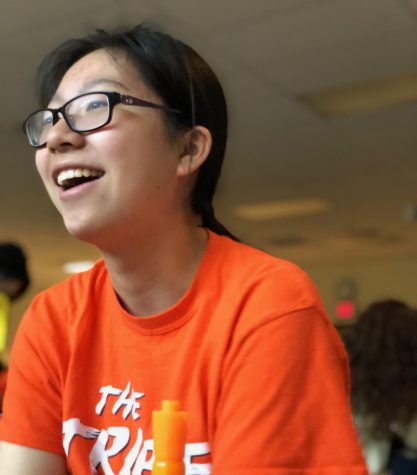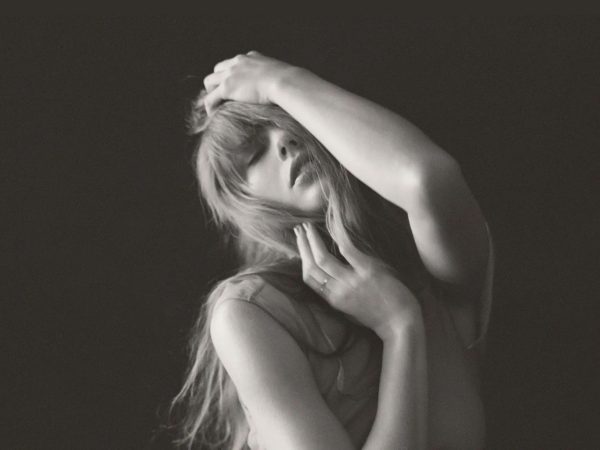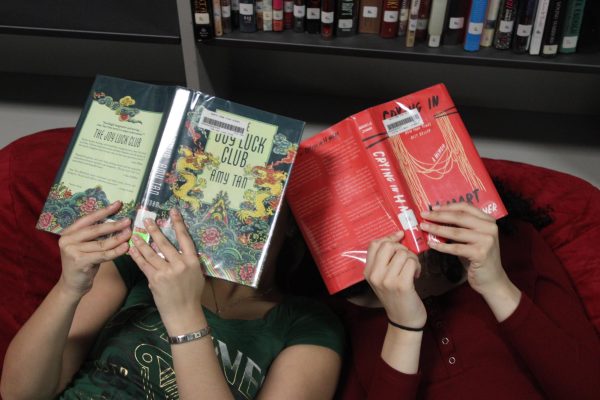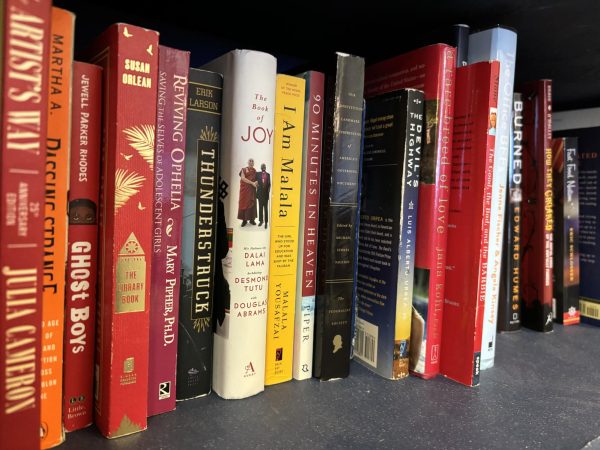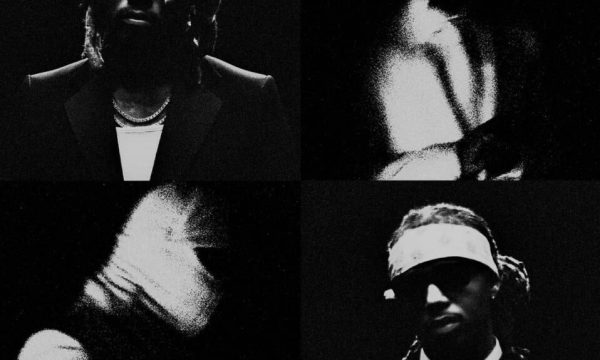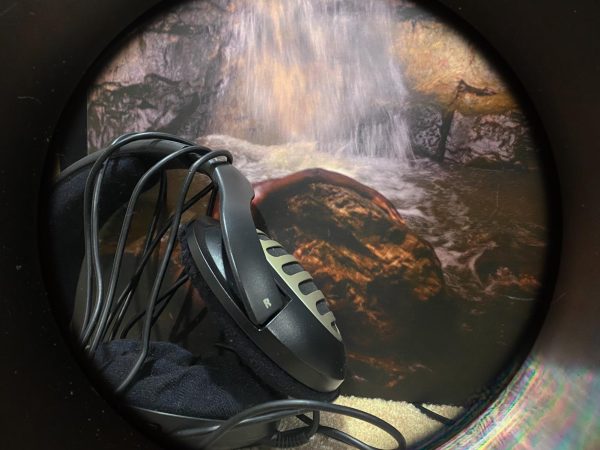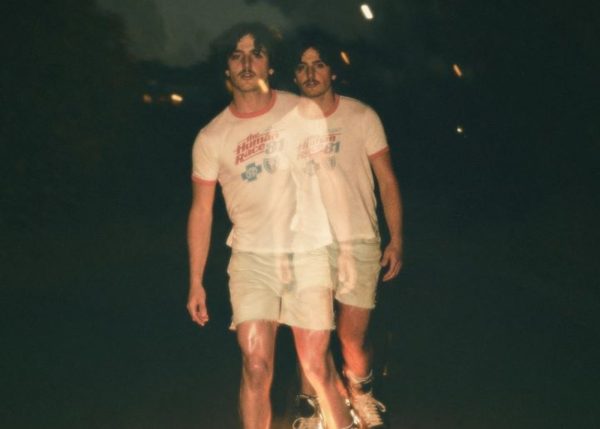Asian Invasion: Asian representation in film industry on the rise
Courtesy of Channel 24, BFI, Cine Asia, Wochit Entertainment, Hollywood Pictures, and Warner Bros
The representations of Asians in the film industry and media has come a long way since the 1930s with actress Anna May Wong in the film The Good Earth. Media entertainers like Bruce Lee, Jackie Chan, K-pop group BTS, and Constance Wu all helped give the Asian community an opportunity in the Hollywood industry.
February 11, 2019
2018 closed as one of the greatest years for Asian-Americans and their representation in the media. Nothing seems more exciting for the Asian community than having their culture in a field where they often do not receive the opportunity to thrive. Asian-American actors and artists did not just become a sensation overnight, in fact, it took them decades of hard work to achieve such success. Over the past several years, Asian representation in the media has evolved tremendously, and now the American film industry can proudly claim their acceptance towards the Asian community.
1930s: During this time period, films would only cast white male and female actors because they believed that society refused to watch anything with a non-white cast. Hollywood insisted that films with an Asian role in the cast did not do as well in popularity, so as a result, it became harder for Asians to obtain jobs in the media world. Anna May Wong, one of the rare Asian actresses at the time, auditioned for the role of a Chinese-American character in the film, The Good Earth, only to realize she lost the role to a white actress. Hollywood gave the role of an Asian-American to a white actress instead of Wong, an actual actress of Asian descent because of the media’s opinions on the Asian community.
1960s: At this point in time, the Asian representation in the media increased dramatically. Even though films still portrayed miscegenation, Hollywood gave Asian-Americans more opportunity to represent their culture. One of the most iconic Asian-American actors of all time, Bruce Lee, became a huge role model in the 1960s for future Asian entertainers. Even though Lee already obtained the spotlight in China years earlier, his popularity hit its peak in the 1960s through one of his most famous works in the TV series, The Green Hornet. Movies during this time still limited Asian representation into stereotypes such as violin prodigies, tiger moms, doctors, and bowl cuts in America; however, due to the introduction of upcoming Asian actors/actresses, Hollywood will soon renew their ideals on these stereotypes.
1990s: The late 20th century marked the start of the extreme mass spread of Asian representation in the media. The Asian actor and activist, Jackie Chan, helped spread the Chinese culture in movies and changed people’s perceptions of Asians by proving that they were capable of dominating the American cinema just as well as any other race. After 60 years, the Asian-American community finally found their way into the American field of entertainment. The movie Gandhi helped provide job opportunities for Asian actors and actresses, and the film ultimately won a total of eight Oscars for 1990. The Joy Luck Club, adapted by the book written by Amy Tan, also became a massive success in 1993 because of its position as the first American film with an all Asian cast. In 1998, it became even more widespread for Asian communities in the media when Walt Disney released Mulan, a true story about the Chinese legend, Hua Mulan. Disney gave Asian Americans the opportunity to voice in a major hit movie, which helped lead to later American favorites such as Lilo and Stitch, Ni Hao Kai-Lan, and Moana.
2000s: YouTube, begun in 2005, became one of the largest platforms for Asian Americans to shine on the Internet. YouTubers like Ryan Higa started his career as a comedian and actor on Youtube in 2006, but soon his channel grew into one of the most subscribed channels on the platform. Even though the Korean pop (K-pop) genre arrived in the 1960s, the 21st century marked the ultimate rise in the popularity of K-pop artists and bands. In 2016, K-pop group, BTS (Bangtan Boys), peaked at number 26 on the Billboard 200 with their second album Wings, which held the highest chart ranking record in K-pop history.
2018 marked the most successful year thus far for Asian representation in the media. Especially with the release of the new all-Asian cast since Joy Luck Club, Crazy Rich Asians broke the record becoming the highest-grossing romantic comedy. Currently, actors like Dwayne Johnson, Constance Wu, and Sandra Oh, continue to steal the Hollywood spotlight to help represent and spread the Asian culture. Upcoming movies and shows with rising Asian actors to look forward to including Rush Hour 4, Pokemon: Detective Pikachu, Crazy Rich Asians 2, Jumanji 3, Fresh Off the Boat: Season 6, and a live action Aladdin.




